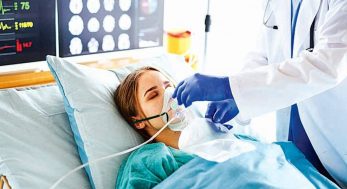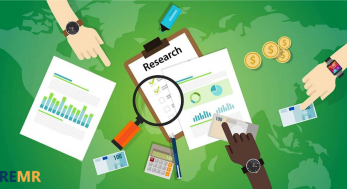- The best home remedies for period cramps include trying to reduce stress, exercising, applying heat, and avoiding unhealthy foods.
- Salty, high-fat, and high-carb foods can cause bloating and inflammation, which often make period cramps worse.
- Stress can also worsen menstrual cramps, so doing stress-relieving exercises like meditation or yoga can help with period relief.
- This article was medically reviewed by G. Thomas Ruiz, MD, OB/GYN Lead at MemorialCare Orange Coast Medical Center in Fountain Valley, California.
- Visit Insider’s Health Reference library for more advice.
About 80% of women in the US will have period cramps at some point in their lives, and for 5% to 10%, the pain is bad enough to interfere with their daily living. Pain-relieving medications can help treat cramps, but many women find that certain natural remedies can also help ease period pain.
Here are four at-home treatments you can use to help calm menstrual cramps and have a less painful period.
1. Apply heat
During your period, your uterus sheds its lining and expels it from your body. To help with this process, your body releases chemicals that cause the muscles in your uterus to contract and help push out its lining. These contractions can cause a painful, cramping feeling in your lower belly or lower back.
“Heat appears to relax the muscle wall, with improved blood flow reducing the cramps,” says JoAnn V. Pinkerton, MD, a professor of obstetrics and gynecology at the University of Virginia.
A review of six studies published in 2018 found that women who placed a heating pad on their lower stomach for several hours during period cramps reported lower pain scores than women who had no heat treatment. Two studies in the review found that using a heating pad actually helped more than taking a pain reliever like ibuprofen.
To apply heat, you can use home materials like a towel soaked with hot water, or you can get a hot water bottle, heat-generating patch, or electric heating pad from your local pharmacy. For best results, heat should be between 104 and 113 degrees and should be used for at least four hours.
2. Exercise
Exercising can also help ease a painful period. “Exercise increases blood circulation, which helps cramps to go away,” Pinkerton says. This is because when blood is not circulating normally through your uterus, excess blood can build up in the uterine veins, causing them to swell and become painful.
“Types of exercise most likely to be helpful include gentle, low-impact aerobic exercises, such as walking or swimming. Yoga may also be helpful,” Pinkerton says.
More vigorous exercise like running may also help, as it makes your body release endorphins, which lower your perception of pain. But many people may not feel up to this type of exercise during a painful period.
To ease cramps, it’s best to exercise for 30 minutes per day starting a few days before your period and continuing through the first couple days of bleeding.
3. Reduce stress
“Many women report that psychological stress worsens menstrual cramps,” Pinkerton says. This may be because when you become very worried or stressed, your body releases a hormone called cortisol that can increase muscle contractions in your uterus.
There have been no research studies on which stress-reduction techniques work best to relieve period cramps. But there are several methods you can try at home that are proven to lower cortisol, such as:
For this method to work best, you should aim to reduce stress during the first half of your menstrual cycle before you ovulate and not just during your period. This may be because your cortisol levels spike more in response to stress when your sex hormone levels are lower at the start of your cycle.
4. Avoid unhealthy foods
Certain foods may make period cramps worse, while others can help ease pain. “Avoid salty and high fat or high carb foods,” Pinkerton advises. These foods can cause bloating and inflammation, which can make period cramps more painful.
It may also help to limit your intake of caffeine, as this may worsen cramps, Pinkerton says. This is because caffeine makes your blood vessels become more narrow, restricting blood flow to your uterus and increasing menstrual pain.
Foods with key vitamins and minerals can have the opposite effect, helping to relieve period pain. “Adequate nutrients include vitamins E, B1, and B6 as well as magnesium, zinc, and omega-3 fatty acids to reduce muscle tension or inflammation,” Pinkerton says.
You can get these nutrients by eating green leafy vegetables, nuts, and fatty fish like tuna and salmon.
The bottom line
Period cramps are a common problem, but in some cases, they may be linked to an underlying medical problem like endometriosis or uterine fibroids. If you have cramps that won’t get better with treatment or that start again after years of not having cramps, see your health care provider to check if there are any medical concerns, Pinkerton says.



